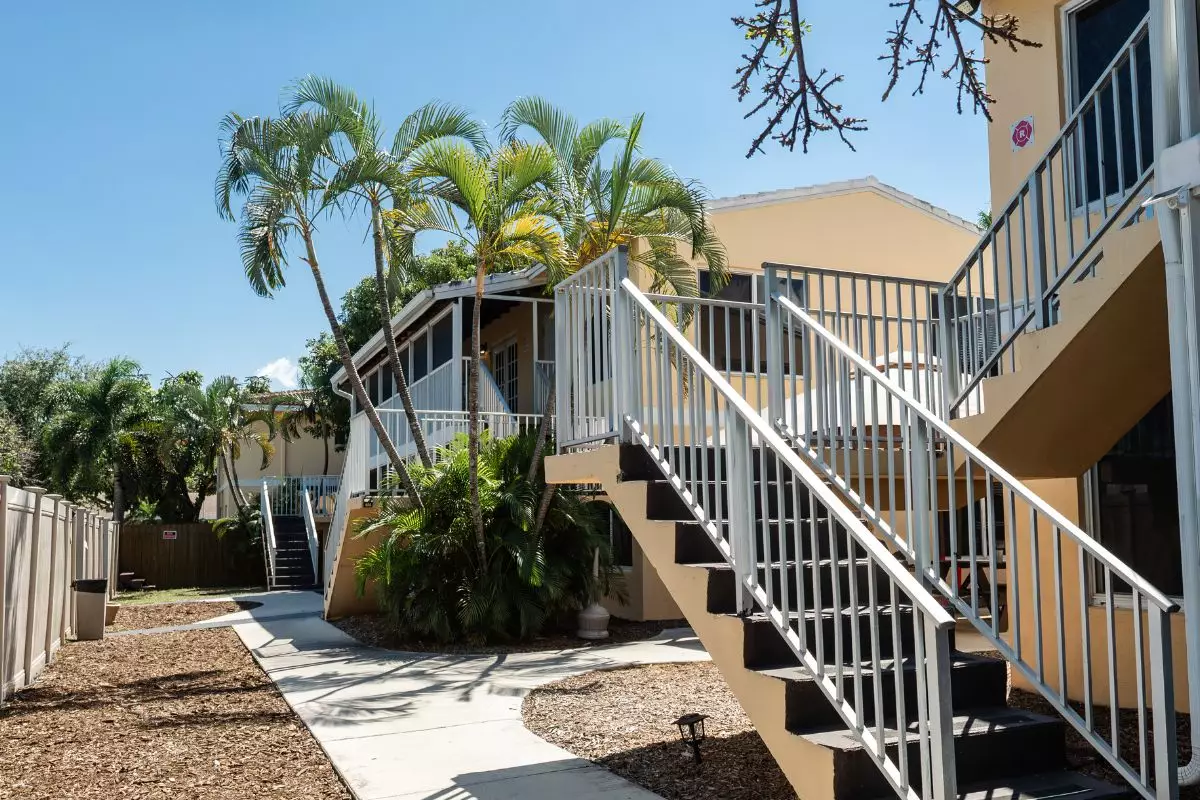Opiates like heroin or prescription painkillers are highly addictive. In order to end an addiction, users have to go through opioid withdrawal. Before you begin a solo detox, take a closer look at what withdrawal is really like. Often, medical supervision is the right choice for those who want a safe and secure recovery.
When Does Withdrawal Begin?
Many prospective patients are curious about when withdrawal symptoms begin. Ultimately, that answer depends on the kind of opiates you consume. If you use short-acting opiates, symptoms will appear sooner than if you use long-acting opiates.
Heroin is a short-acting opiate. It enters the bloodstream quickly, and users feel its effects quickly. Withdrawal symptoms for heroin users generally begin around six or eight hours after the last dose.
Many prescription painkillers are long-acting opiates. Drug manufacturers design them to have an extended release for longer pain relief. Individuals with addictions to long-acting opiates might see withdrawal symptoms 24 or 30 hours after the last dose.
How Long Will an Opiate Withdrawal Last?
Opiate withdrawal can last anywhere from one week to a full month. It all depends on the kind of opioid drugs patients used and the severity of the addiction. Short-acting opiates tend to lead to a longer withdrawal.
The first symptoms of withdrawal tend to be mild. However, they can build in strength and intensity for the first few days. Often, symptoms tend to peak around 72 hours after the withdrawal has begun. From there, they will slowly taper off until the withdrawal is over.
What are the Most Common Symptoms?
An opioid withdrawal can often be an unpleasant experience. Although it’s a necessary part of the process for those eager to beat addiction, it can bring a number of uncomfortable symptoms. These symptoms can be physical, emotional and psychological.
A few of the most common opiate withdrawal symptoms include the following:
- Nausea and diarrhea
- Muscle cramping
- Depression
- Anxiety
- Irritability
- Sweating and dehydration
Fortunately, there are many ways to reduce these symptoms. In a medical setting, patients have access to medications, resources, and support to increase comfort. Plus, 24/7 attention ensures that medical professionals can properly and swiftly deal with any emergency situations.
What Comes After Opioid Withdrawal?
Withdrawal is definitely a smart first step on the road to recovery. However, it takes more than just a detox to end an opiate addiction. After withdrawal, drug treatment programs become a priority.
During treatment programs, which may occur through inpatient or outpatient setups, patients can get to the root cause of their addiction. They can learn to fight against relapse, and they can embrace a lifetime of sobriety.
A few of the treatment methods that can help address addiction include:
- Family therapy sessions
- Dual diagnosis treatment
- Holistic and wellness therapies
- Relapse prevention treatment
- Art, music, and talk therapy
Taking the first step to sobriety means completing an opioid withdrawal. Then, at 1st Step Behavioral Health in Pompano Beach, Florida, you can begin working towards your lasting recovery. Call (855) 425-4846 to make the changes you need for a healthier, happier life.
Jump to a Section
Call (855) 425-4846
